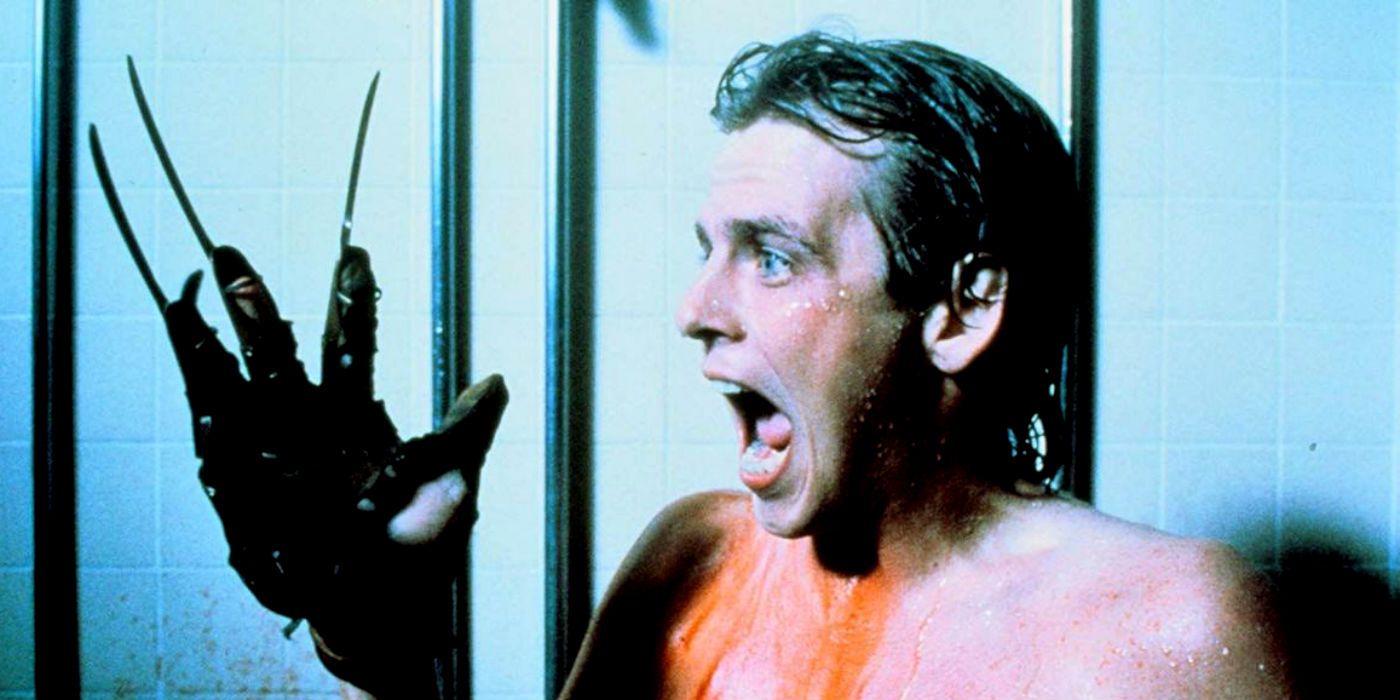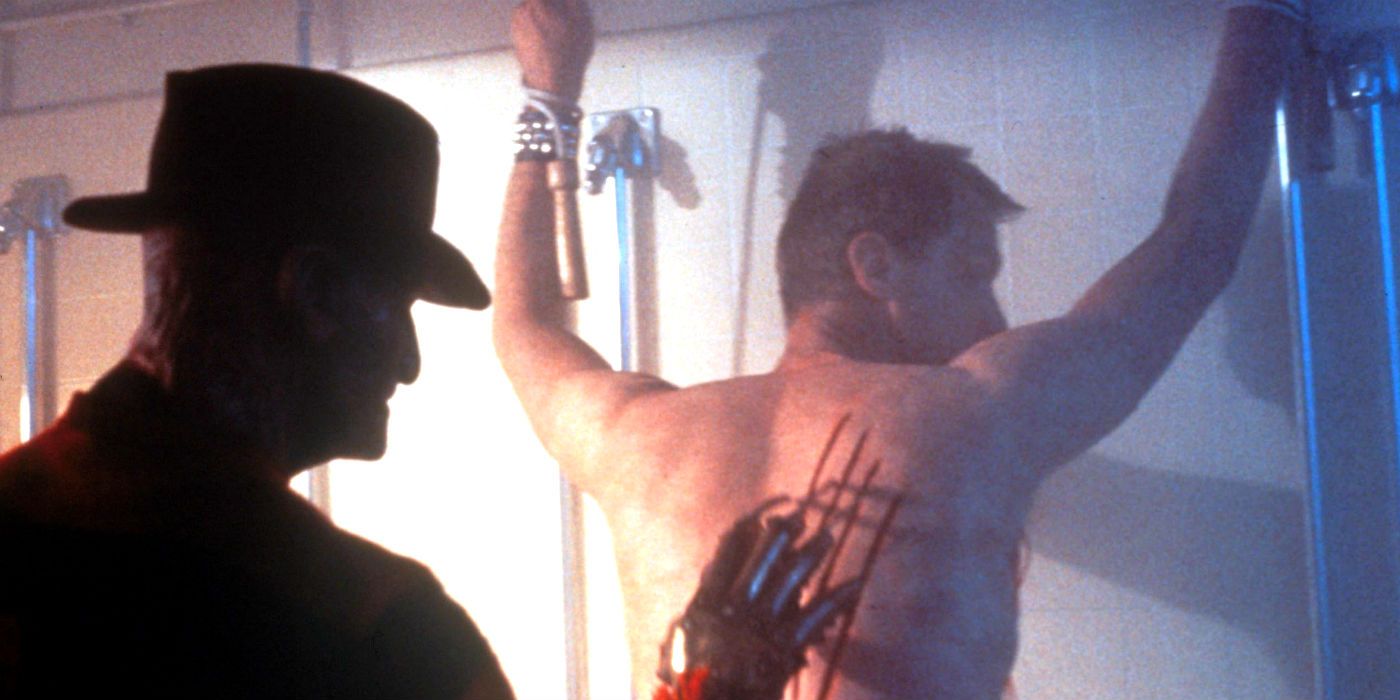Many classic horror movies are surrounded by some type of controversy, but A Nightmare on Elm Street 2: Freddy's Revenge has been talked about for years regarding the queer subtext that's all over the film.
Starring Mark Patton, Kim Myers, Robert Rusler, and Robert Englund as Freddy Krueger, the film premiered in 1985, only a year after the original. Instead of Heather Langenkamp's final girl, Nancy Thompson, returning to take on Freddy in another battle, Freddy's attention is directed to Jesse Walsh (Patton) who has moved into the Thompsons' old home. Jesse finds Nancy's diary and reads it, which leads to violent, disturbing nightmares that feature Krueger. Freddy asks Jesse to kill for him, which leads to a few bizarre sequences where Jesse emerges with Freddy's finger-bladed hand after the death of his coach and one where Freddy literally bursts out of Jesse's body like a chestburster from Alien.
Beyond the oddity of Jesse being the final boy in a genre that largely embraced final girls, audiences had a lot to say about the film's queer subtext, which everyone claimed was blatantly obvious. One publication went as far as to dub A Nightmare on Elm Street 2 "the gayest horror film ever." Director Jack Sholder and writer David Chaskin both denied the film's subtext, and Mark Patton (who was in the closet at the time), worried that the insinuations of the film being overtly gay would lead to him being typecast, as he wasn't the typical Hollywood leading male.
A Nightmare On Elm Street 2's Queer Subtext Was Intentional
Audiences have cited several scenes as definitive proof regarding the film's subtext. Some of these include a scene where Jesse encounters his coach at a gay bar, a scene where said coach is whipped to death by towels while naked in the showers, a scene with Jesse and his best friend Grady (Rusler) where Jesse approaches him in bed, and a scene where Jesse attempts to make out with his girlfriend at a party before fleeing in panic.
Patton has said in various interviews that scenes were added during filming which seemed to accentuate this blatant subtext, such as one where he was in bed with white, phallic candles dripping wax all over his body. These changes made Patton nervous as to the future of his career because, as was seen with Johnny Depp's career being launched by the first film, he had similar aspirations of becoming a big star. However, Patton knew he wouldn't be taken seriously in these types of films.
Beyond that, the film's release in 1985 was at the height of the AIDS epidemic in the United States, which caused a lot of stigma surrounding gay men and subsequent gay panic was on the rise. Patton wasn't out at the time and didn't want such a blatantly queer film to point fingers in his direction. Sholder and Chaskin both fielded numerous accusations about the subtext, and denied them effusively. Chaskin reportedly commented that Patton and his performance were to blame, as there was no intentional gay content in the film. This caused animosity between Chaskin and Patton over the years, as Patton went on record saying that Chaskin called his performance "too gay."
In recent years, the film has become both a cult classic and beloved film to the LGBTQ community, despite its many plot holes. Sholder has retracted some of his comments from years ago, stating that there is definitely subtext in the film, and he acknowledges it now, but was blind to it at the time of production. Chaskin has since said the subtext was always intentional and he had written the script to comment on the AIDS crisis, gay panic, and the angst young men experience if they struggled with their sexuality. Much of this is acknowledged in A Nightmare on Elm Street 2 through ongoing sexual tension between Krueger and Jesse. Patton has since produced a documentary about his experience called Scream, Queen! My Nightmare on Elm Street.


